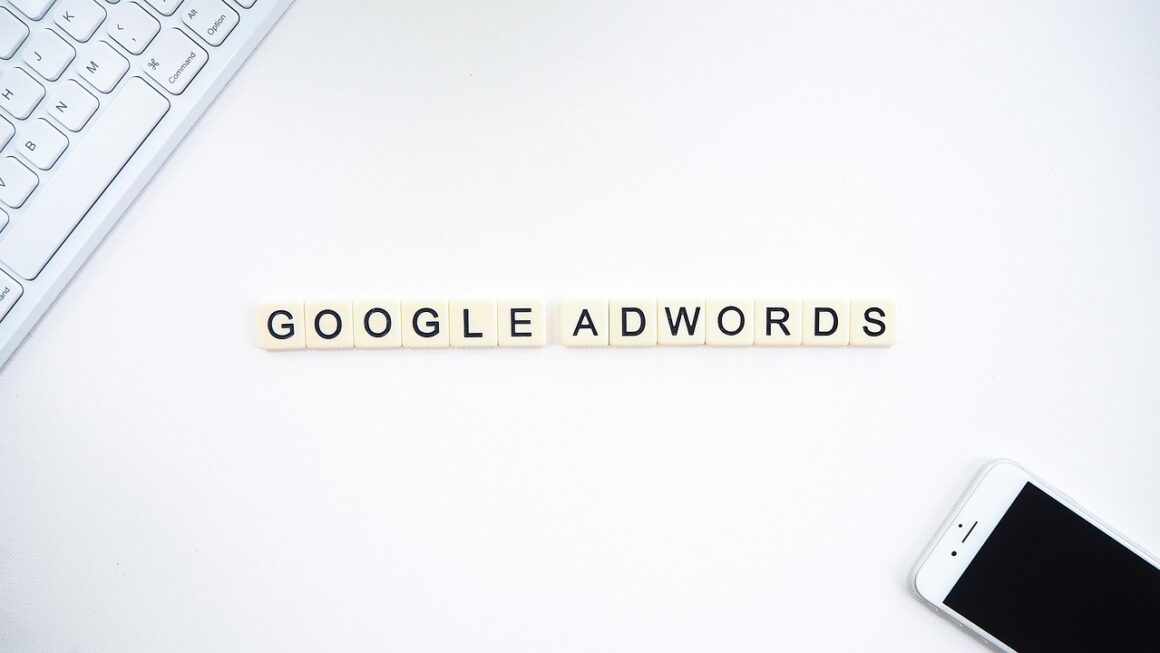Imagine a world where your sales team spends less time chasing cold leads and more time closing deals with truly interested prospects. That’s the promise of AI-powered lead scoring, a sophisticated technique that leverages artificial intelligence to identify and prioritize the leads most likely to convert. By understanding the intricacies of AI lead scoring, you can supercharge your sales efficiency, optimize marketing efforts, and drive significant revenue growth.
What is AI Lead Scoring?
Traditional Lead Scoring vs. AI Lead Scoring
Traditional lead scoring typically relies on manually defined rules and point systems. These rules assign points based on demographic data (e.g., job title, industry) and behavioral activities (e.g., website visits, form submissions).
- Example of Traditional Scoring: Assigning 10 points for downloading an ebook, 5 points for visiting the pricing page, and 20 points for requesting a demo.
While helpful, traditional lead scoring is often rigid, subjective, and struggles to adapt to changing market dynamics or nuanced customer behavior.
AI lead scoring, on the other hand, employs machine learning algorithms to analyze vast datasets and identify patterns that humans might miss. It dynamically adjusts lead scores based on a continuous learning process. This allows for more accurate and predictive scoring.
How AI Algorithms Score Leads
AI algorithms analyze a wide range of data points to predict a lead’s likelihood of converting. These data points include:
- Demographic Data: Industry, company size, job title, location
- Behavioral Data: Website activity, email engagement, social media interactions, content downloads
- Firmographic Data: Company revenue, number of employees, industry sector
- Technographic Data: Technologies the company uses
- Contextual Data: Time of day, device used, referral source
The algorithms identify correlations between these data points and past successful conversions, assigning higher scores to leads that exhibit similar characteristics. Common AI models used in lead scoring include:
- Logistic Regression: Predicts the probability of a lead converting based on input variables.
- Decision Trees: Creates a tree-like model to classify leads based on a series of decisions.
- Neural Networks: Complex algorithms that can learn non-linear relationships between data points and conversion rates.
Benefits of Implementing AI Lead Scoring
Increased Sales Efficiency
- Prioritization of High-Potential Leads: Sales teams can focus their efforts on the leads with the highest likelihood of converting, maximizing their time and resources.
- Reduced Waste of Resources on Cold Leads: Avoid wasting time and effort on leads that are unlikely to convert, freeing up resources for more promising opportunities.
- Improved Sales Cycle Length: By focusing on qualified leads, sales teams can shorten the sales cycle and close deals faster.
- Example: A software company using AI lead scoring identified that leads who attended webinars and downloaded case studies had a significantly higher conversion rate. The sales team prioritized these leads, resulting in a 20% increase in deal closure rates.
Enhanced Marketing ROI
- Targeted Marketing Campaigns: AI lead scoring helps identify specific segments of leads that are most responsive to particular marketing messages.
- Optimized Lead Nurturing: By understanding the lead’s stage in the buying journey, marketing can deliver personalized and relevant content.
- Improved Lead Quality: Marketing can refine lead generation efforts to attract higher-quality leads that align with the AI-driven scoring model.
- Example: A marketing team used AI insights to identify that leads from a specific industry segment were more responsive to personalized email campaigns. They created targeted email sequences for this segment, resulting in a 30% increase in email open rates and a 15% increase in click-through rates.
Improved Sales and Marketing Alignment
- Shared Understanding of Lead Quality: AI-driven insights provide a common ground for sales and marketing to agree on what constitutes a qualified lead.
- Data-Driven Collaboration: Sales and marketing can use AI insights to collaboratively optimize lead generation, nurturing, and sales processes.
- Enhanced Communication and Feedback: Shared data allows for more informed and productive conversations between sales and marketing teams.
Reduced Costs
- Optimize Resource Allocation: Focus your sales and marketing efforts on the most promising leads and avoid wasting resources on low-potential prospects.
- Improve Conversion Rates: Increased efficiency and targeted marketing efforts lead to higher conversion rates, resulting in a better return on investment.
- Lower Customer Acquisition Cost (CAC): By targeting and nurturing qualified leads, businesses can reduce the overall cost of acquiring new customers.
Implementing AI Lead Scoring: A Step-by-Step Guide
1. Define Your Goals and Objectives
- Clearly define what you want to achieve with AI lead scoring. Common goals include:
Increasing sales revenue
Improving lead conversion rates
Reducing sales cycle length
Optimizing marketing spend
- Establish key performance indicators (KPIs) to measure the success of your AI lead scoring implementation.
2. Data Collection and Preparation
- Gather all relevant data sources:
CRM data (e.g., Salesforce, HubSpot)
Marketing automation data (e.g., Marketo, Pardot)
Website analytics data (e.g., Google Analytics)
Social media data
- Clean and prepare the data for analysis. This includes:
Removing duplicates
Handling missing values
Standardizing data formats
3. Select the Right AI Lead Scoring Solution
- Choose a solution that aligns with your business needs and technical capabilities. Consider factors such as:
Integration with your existing CRM and marketing automation systems
Customization options
Scalability
Ease of use
Pricing
- Explore different options, including:
Standalone AI lead scoring platforms: These platforms specialize in lead scoring and offer advanced features.
AI-powered features within your existing CRM or marketing automation system: Some CRM and marketing automation systems offer built-in AI lead scoring capabilities.
Custom AI development: For organizations with advanced technical expertise, building a custom AI lead scoring model may be an option.
4. Train and Evaluate the Model
- Train the AI model using historical data of past leads and their conversion outcomes.
- Evaluate the performance of the model using appropriate metrics, such as:
Accuracy: The percentage of leads correctly classified as likely to convert.
Precision: The percentage of leads identified as likely to convert that actually convert.
Recall: The percentage of leads that converted that were correctly identified as likely to convert.
- Continuously monitor and retrain the model as new data becomes available.
5. Integrate with Sales and Marketing Workflows
- Integrate the AI lead scores into your sales and marketing workflows.
- Provide sales teams with access to the lead scores and insights.
- Use lead scores to trigger automated marketing actions, such as sending personalized emails or adding leads to specific nurturing campaigns.
Overcoming Common Challenges
Data Quality Issues
- Challenge: Inaccurate or incomplete data can negatively impact the accuracy of the AI model.
- Solution: Implement data quality processes to ensure data accuracy and completeness. Regularly clean and update your data.
Lack of Sales and Marketing Alignment
- Challenge: If sales and marketing are not aligned on the definition of a qualified lead, the AI lead scoring model may not be effective.
- Solution: Foster collaboration between sales and marketing. Define clear lead qualification criteria and ensure that both teams understand and agree on the AI lead scoring model.
Resistance to Change
- Challenge: Sales and marketing teams may be resistant to adopting AI lead scoring.
- Solution: Communicate the benefits of AI lead scoring clearly. Provide training and support to help sales and marketing teams use the tool effectively.
Model Drift
- Challenge: The accuracy of the AI lead scoring model may decline over time as market conditions and customer behavior change.
- Solution: Continuously monitor and retrain the model with new data to ensure its accuracy and relevance.
Conclusion
AI lead scoring is a powerful tool that can transform your sales and marketing efforts. By leveraging the power of artificial intelligence, you can identify and prioritize the leads most likely to convert, increase sales efficiency, enhance marketing ROI, and improve sales and marketing alignment. While implementing AI lead scoring can present challenges, by following a structured approach and addressing potential pitfalls, you can unlock the full potential of this transformative technology and drive significant business growth. Embrace the future of lead scoring and watch your conversion rates soar!




